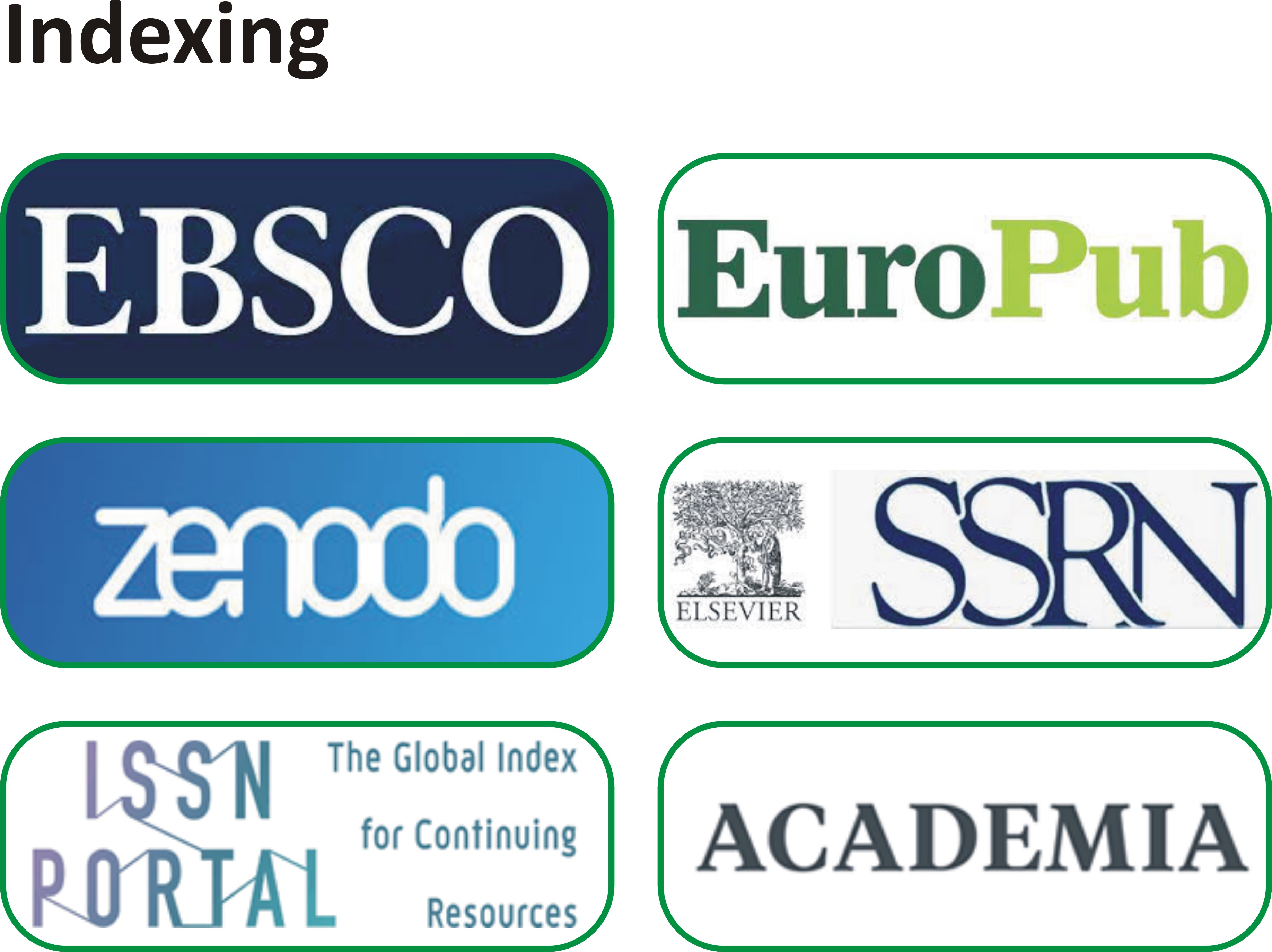Comparative and Trend Analysis of External Debt Executed by Pakistan
Abstract
The government of Pakistan has had to take out a loan as a result of the country's significant budget-trade deficits, problems with foreign currency, and big savings-investment gaps. The purpose of this research is to find out the trend analysis, and to enquire about the repercussions of foreign debt, which was taken on by the previous three administrations in Pakistan over the period of 2008-2022. According to the data that is currently available on the country's foreign debt, the foreign debt was reported at a somewhat lower level while the PPP was in power from 2008 to 2012, followed by the PML (N) from 2013 to 2017, and then the PTI from 2018 to 2022. According to these facts and figures, the previous PTI administration was responsible for accruing the most amount of external debt. According to the results of this trend analysis, it is recommended that any and all forms of borrowing be carefully avoided. On the other hand, those types of loans that are essential should be used in those development initiatives that are more productive. Through the implementation of investment-friendly policies, inflows of direct foreign investment should be increased into projects that provide greater returns. It is necessary to make improvements that are beneficial to the taxation system in order to raise more money via taxation and bring the gap in the budget deficit down. Policymakers should also support integrated fiscal and monetary policies, since this is essential for achieving sustainable economic development, maintaining sustainable levels of foreign debt, and reducing pressure on the economy as a whole.
Copyright Notice Submission of an article implies that the work described has not been published previously (except in the form of an abstract or as part of a published lecture or academic thesis), that it is not under consideration for publication elsewhere, that its publication is approved by all authors and tacitly or explicitly by the responsible authorities where the work was carried out, and that, if accepted, will not be published elsewhere in the same form, in English or in any other language, without the written consent of the Publisher. The Editors reserve the right to edit or otherwise alter all contributions, but authors will receive proofs for approval before publication. Copyrights for articles published in IJSSA journal are retained by the authors, with first publication rights granted to the journal. The journal/publisher is not responsible for subsequent uses of the work. It is the author’s responsibility to bring an infringement action if so desired by the author.



